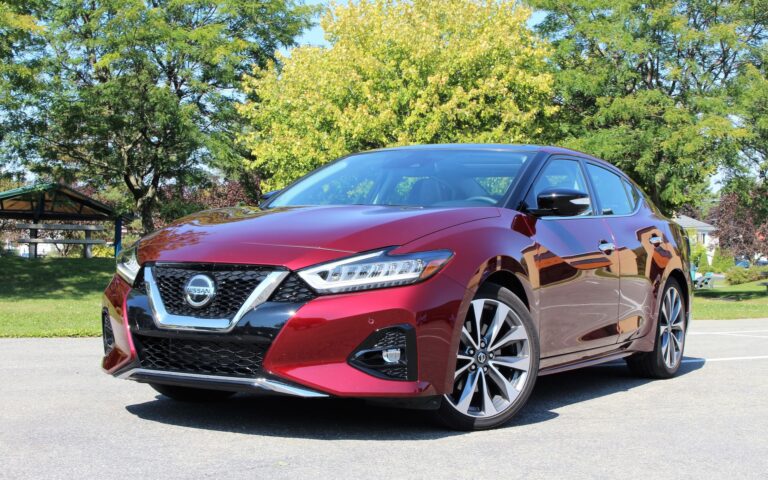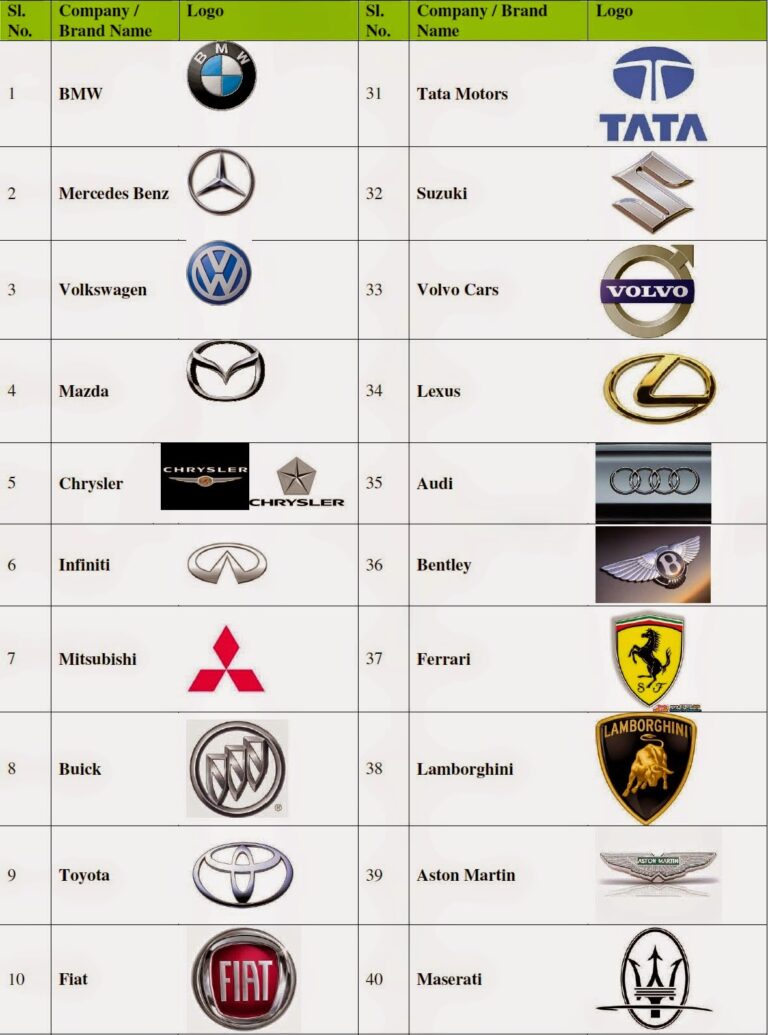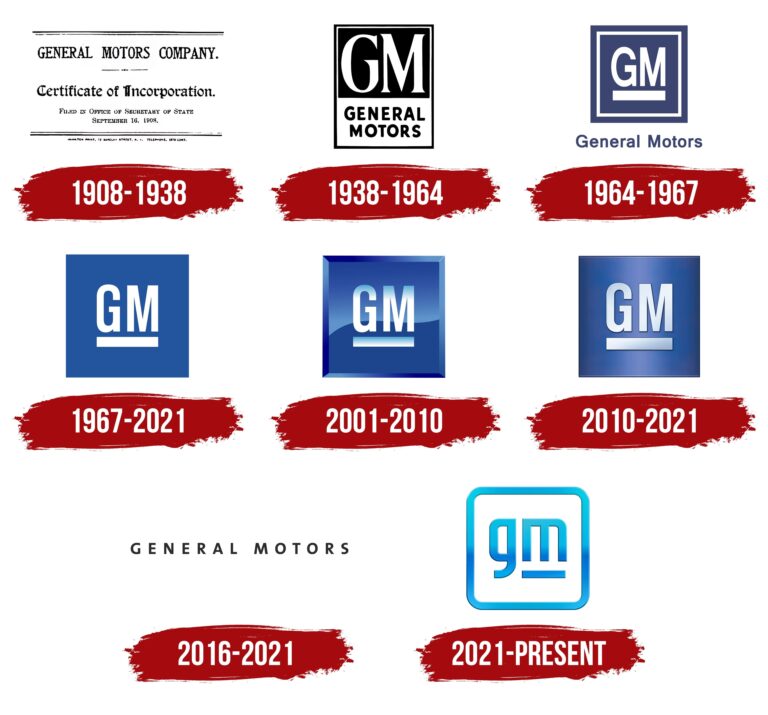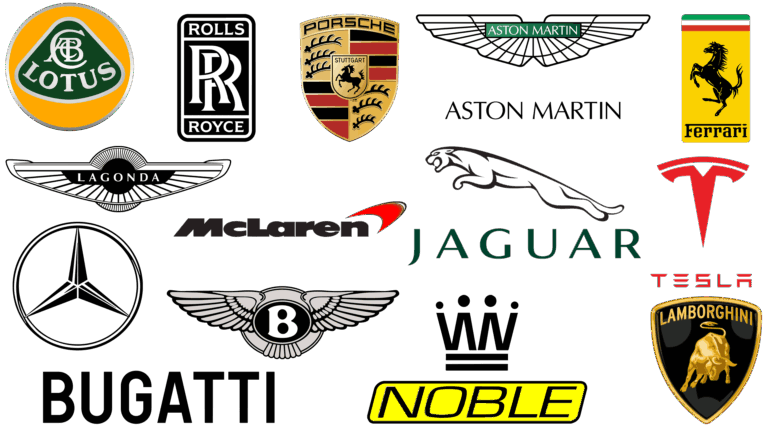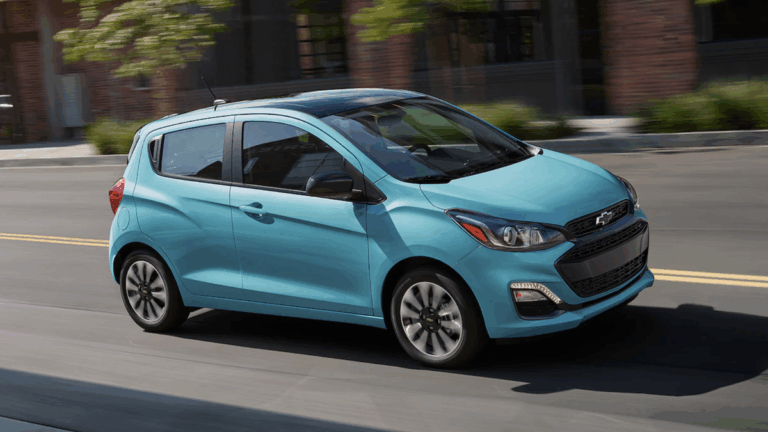How Much Is A Set Of Tracks For A Truck? Unlocking Extreme Off-Road Capability
How Much Is A Set Of Tracks For A Truck? Unlocking Extreme Off-Road Capability cars.truckstrend.com
For many truck owners, the allure of conquering truly challenging terrain goes beyond what even the most aggressive tires can offer. Whether it’s deep snow, relentless mud, loose sand, or unforgiving rocky landscapes, traditional wheels can quickly become a limitation. This is where truck track systems come into play, transforming a conventional wheeled vehicle into an unstoppable, all-terrain beast. But as with any specialized automotive upgrade, the immediate question that arises is: "How much is a set of tracks for a truck?"
The cost of a truck track system isn’t a simple, fixed figure. It’s a significant investment that varies widely based on numerous factors, ranging from the type of truck you own to the intended application and the specific features of the track system itself. This comprehensive guide will delve into the intricacies of truck track pricing, explore what drives these costs, and provide essential insights for anyone considering this transformative upgrade.
How Much Is A Set Of Tracks For A Truck? Unlocking Extreme Off-Road Capability
What Exactly Are Truck Tracks?
Before we dive into pricing, it’s crucial to understand what truck tracks are. Essentially, they are continuous belt systems designed to replace a truck’s conventional wheels, typically at all four corners. Each track unit consists of a durable belt (often rubber or a composite material) wrapped around a series of road wheels, an idler wheel, and a drive sprocket that connects to the vehicle’s axle.
This design significantly increases the vehicle’s contact patch with the ground, distributing its weight over a much larger area. This distribution results in dramatically improved flotation over soft surfaces, unparalleled traction in slippery conditions, and the ability to navigate obstacles that would otherwise bog down or immobilize a wheeled vehicle. While sharing a similar principle with military tanks, truck track systems are generally lighter and designed for easier installation and removal, making them a practical, albeit specialized, aftermarket accessory for consumer and commercial trucks.
The Primary Drivers of Truck Track System Cost
The price tag on a set of truck tracks can range from a few thousand dollars for smaller utility vehicles to tens of thousands for heavy-duty truck applications. Here are the key factors influencing this wide price spectrum:
1. Type of Track System
- Rubber Tracks: These are the most common type for aftermarket truck applications. They are generally lighter, quieter, cause less damage to paved surfaces (if driven on them briefly), and offer excellent performance in snow, mud, and sand. They are also typically less expensive than steel options.
- Steel Tracks: More commonly found on heavy construction equipment, pure steel tracks offer superior durability and traction in extreme rocky or abrasive environments. However, they are significantly heavier, much noisier, and can severely damage paved surfaces. They are rarely used on consumer-grade pickup trucks due to their weight and operational characteristics.
- Hybrid/Composite Tracks: Some manufacturers offer systems that combine elements of both rubber and steel, aiming for a balance of durability, traction, and reduced weight/surface impact. These often fall in the mid-to-high price range.

2. Vehicle Compatibility and Size
The size and weight of your truck are primary determinants of track cost.
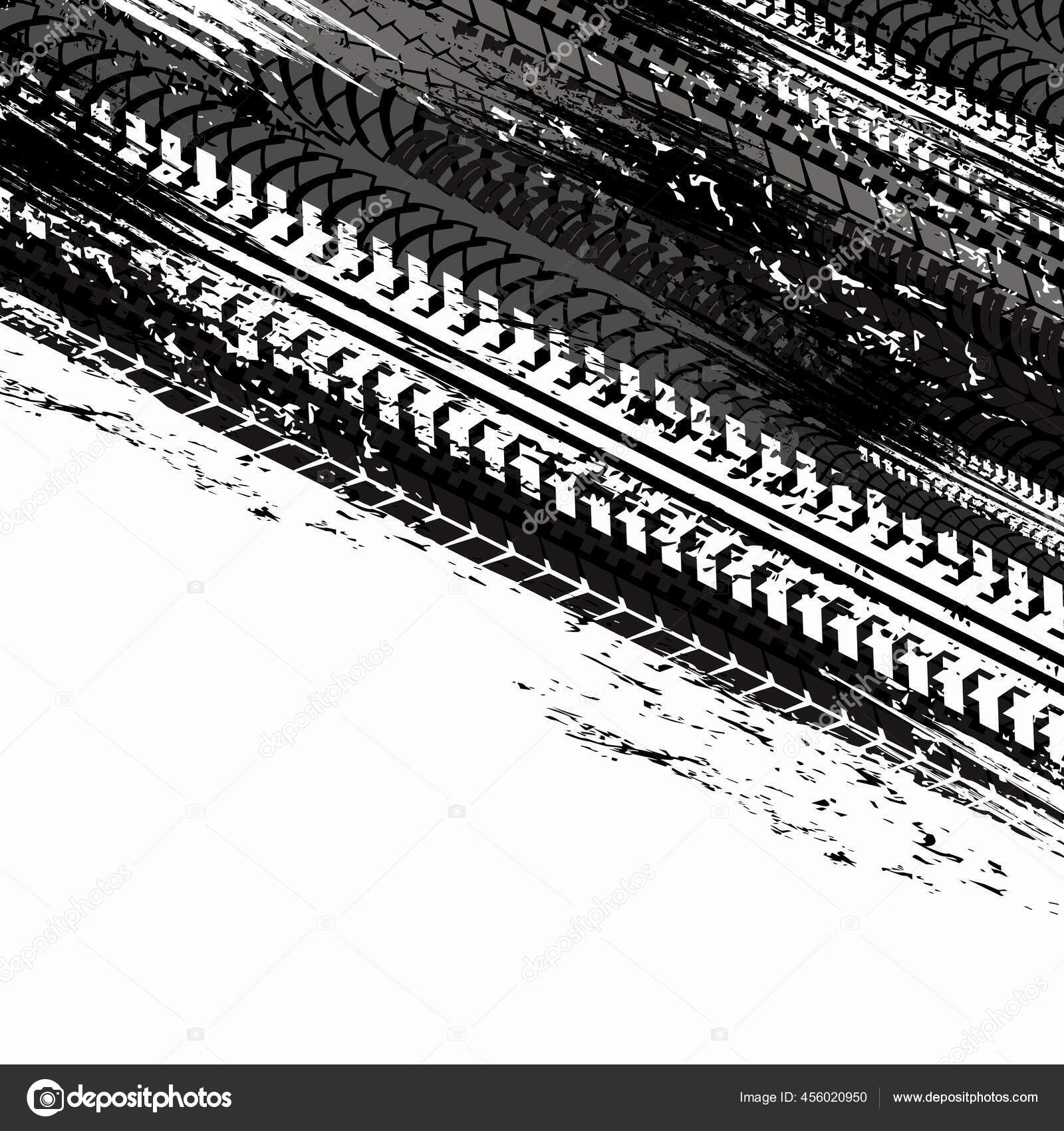
- Light-Duty Vehicles (ATVs, UTVs, Small Pickups/SUVs): Track systems for these vehicles are the least expensive, ranging from $4,000 to $15,000. They are designed for lighter loads and less powerful drivetrains.
- Mid-Size to Heavy-Duty Pickups (e.g., Ford F-150/250/350, Ram 1500/2500/3500, Chevy Silverado/GMC Sierra): This is where the majority of aftermarket truck track sales occur. Systems for these vehicles need to be much more robust, capable of handling higher torque, heavier loads, and more demanding terrain. Prices typically start around $20,000 and can go up to $50,000+.
- Commercial/Specialty Trucks: For larger commercial vehicles, tracked utility vehicles, or custom-built solutions, the costs can escalate significantly, potentially exceeding $60,000-$100,000 due to custom engineering, heavy-duty components, and specialized applications.
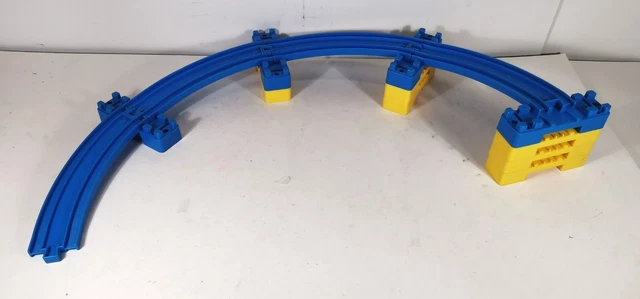
3. Brand and Manufacturer Reputation
Just like with tires or other vehicle components, brand reputation plays a significant role in pricing. Established manufacturers known for their quality, research and development, and customer support (e.g., Mattracks, Camso/Soucy, American Track Truck, Track N Go) typically command higher prices. These brands often offer superior engineering, better materials, longer warranties, and more reliable performance in demanding conditions. Lesser-known or generic brands might offer lower upfront costs but could compromise on durability, performance, or parts availability.
4. Material Quality and Durability
The quality of the rubber compounds, steel components, bearings, and suspension elements within the track system directly impacts its longevity and performance. High-grade, reinforced rubber belts designed for extreme temperatures and abrasive conditions will cost more than standard materials. Similarly, robust internal mechanisms built to withstand heavy use and shock loads contribute to a higher price but offer better long-term value.
5. Installation Complexity and Required Modifications
While many track systems are designed for relatively straightforward bolt-on installation, some vehicles may require additional modifications.
- Lift Kits: Adequate clearance for the track system is crucial. If your truck isn’t already lifted, a lift kit might be necessary, adding to the overall cost (installation + parts).
- Gearing Changes: Tracks effectively change your vehicle’s final drive ratio, often necessitating lower gearing for optimal performance and to reduce strain on the drivetrain. This can be a significant additional expense.
- Professional Installation: While some mechanically inclined individuals might attempt a DIY installation, professional installation is often recommended to ensure proper alignment, tension, and safety, adding several hundred to a few thousand dollars to the total.
6. Additional Features and Accessories
Some track systems come with or offer optional features that can increase the price:
- Integrated Suspension Systems: Some advanced track systems include their own internal suspension to improve ride comfort and performance over uneven terrain.
- Different Tread Patterns: Specific tread designs for snow, mud, or all-terrain use might be available at varying costs.
- Storage Solutions: Custom crates or stands for storing the tracks when not in use can add to the expense.
Benefits of Investing in Truck Tracks
Despite the considerable investment, track systems offer undeniable advantages for specific applications:
- Unparalleled Traction: Excels in deep snow, thick mud, loose sand, and rocky inclines where wheeled vehicles struggle.
- Superior Flotation: Distributes vehicle weight over a large area, preventing sinking in soft ground.
- Reduced Ground Pressure: Less impact on sensitive terrain, particularly with rubber track systems.
- Increased Payload/Towing Capacity: In challenging conditions, tracks maintain stability and pulling power far better than tires.
- Year-Round Versatility: Ideal for remote access, utility work, search and rescue, agriculture, and extreme recreation.
Important Considerations Before Buying
- Intended Use: Define your primary need. Is it recreational, commercial, emergency services, or agricultural? This will guide your choice of system type and budget.
- Vehicle Compatibility: Always verify that the track system is explicitly designed for your truck’s make, model, year, and specific drivetrain.
- Performance Impact: Be aware that tracks significantly reduce top speed (often to 30-40 mph), decrease fuel economy, and alter handling dynamics.
- Maintenance: Tracks require regular cleaning, tension adjustments, and inspection of components.
- Legality: In many regions, track systems are not street-legal for regular road use. Check local regulations.
- Storage: Track systems are bulky and heavy. Plan for adequate storage space when not in use.
Practical Advice and Actionable Insights
- Define Your Needs and Budget: Be realistic about how you’ll use the tracks and how much you’re willing to invest.
- Research Thoroughly: Watch videos, read reviews, and compare specifications from different manufacturers.
- Consult Experts: Talk to dealers specializing in track systems. They can provide tailored advice for your vehicle and application.
- Consider Used Options (with Caution): Used track systems can offer significant savings, but inspect them meticulously for wear and tear, especially on the rubber belts and internal components. A professional inspection is highly recommended.
- Factor in Total Cost of Ownership: Beyond the purchase price, consider installation, potential vehicle modifications, reduced fuel economy, and ongoing maintenance.
Pricing Table: Estimated Costs for Truck Track Systems
| Vehicle Type / Application | Estimated Price Range (USD) | Common Brands | Key Characteristics & Notes |
|---|---|---|---|
| ATV/UTV Tracks | $4,000 – $15,000 | Camso, Polaris, Can-Am | Lighter duty, excellent for snowmobiling, hunting, farm use. |
| Light-Duty Truck Tracks (Smaller pickups, SUVs like Tacoma, 4Runner, Ranger, Colorado) |
$15,000 – $25,000 | Mattracks, American Track Truck | Designed for lighter trucks, good for recreational off-roading, property maintenance. |
| Heavy-Duty Truck Tracks (F-150/250/350, Ram 1500/2500/3500, Silverado/Sierra 1500/2500/3500) |
$25,000 – $50,000+ | Mattracks, Camso, Track N Go | Most common category, robust for severe conditions, commercial use, search & rescue. |
| Specialty/Commercial Tracks (Custom applications, extreme utility vehicles, tracked chassis) |
$60,000 – $100,000+ | Custom fabricators, specialized Mattracks/Camso units | Engineered for specific, highly demanding industrial or extreme terrain applications. |
Note: Prices are estimates and can vary significantly based on specific model, features, dealer, and market conditions. Installation costs are typically separate.
Frequently Asked Questions (FAQ)
Q1: Are truck tracks street legal?
A1: Generally, no. Most truck track systems are not designed or legal for regular road use due to their impact on speed, handling, and potential damage to pavement. They are intended for off-highway, specialized applications. Always check local and state regulations.
Q2: How fast can you go with tracks?
A2: Top speeds with tracks are significantly reduced, typically ranging from 20-45 mph, depending on the system, terrain, and vehicle. Exceeding recommended speeds can cause premature wear or damage.
Q3: Do tracks damage the truck?
A3: If properly installed and maintained, tracks should not damage the truck. However, they do put more strain on the drivetrain (axles, transmission, engine) due to increased rolling resistance and altered gearing. Proper vehicle preparation (e.g., gearing changes, suspension upgrades) can mitigate this.
Q4: How long do tracks last?
A4: The lifespan varies greatly depending on usage, terrain, maintenance, and quality. Rubber tracks can last anywhere from 500 to 5,000+ hours of operation. Aggressive terrain, high speeds, and lack of maintenance will shorten their life.
Q5: Can I install them myself?
A5: Many systems are designed for relatively straightforward installation, often requiring a few hours and basic mechanical skills. However, they are heavy, and precise alignment is crucial. Professional installation is recommended to ensure safety and optimal performance, especially if additional vehicle modifications are needed.
Q6: Do they affect fuel economy?
A6: Yes, significantly. The increased rolling resistance and weight of track systems drastically reduce fuel efficiency, often cutting MPG by 30-50% or more, depending on the terrain and driving style.
Conclusion
A set of tracks for a truck is a substantial investment, often ranging from $15,000 to $50,000 or more for popular pickup truck applications. The price is dictated by the vehicle’s size, the track system’s design and materials, the brand’s reputation, and any necessary vehicle modifications. While the initial outlay is considerable, the benefits of unparalleled traction, flotation, and access to extreme terrain are equally significant for those who truly need such capabilities.
For outdoor enthusiasts, remote workers, emergency services, or anyone who regularly faces challenging off-road conditions, a track system transforms a capable truck into an almost unstoppable force. It’s not just an accessory; it’s an investment in extreme performance, versatility, and the freedom to go where wheels simply cannot. Before making the leap, thorough research and a clear understanding of your needs and the associated costs are paramount to ensuring you make the right choice for your ultimate off-road machine.

